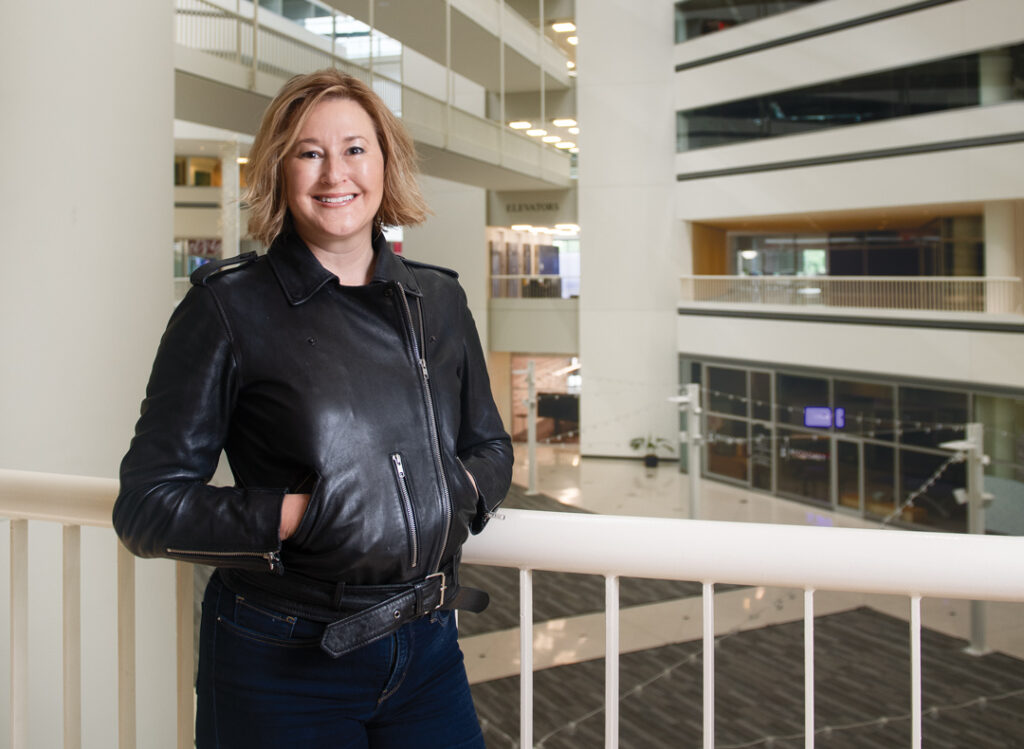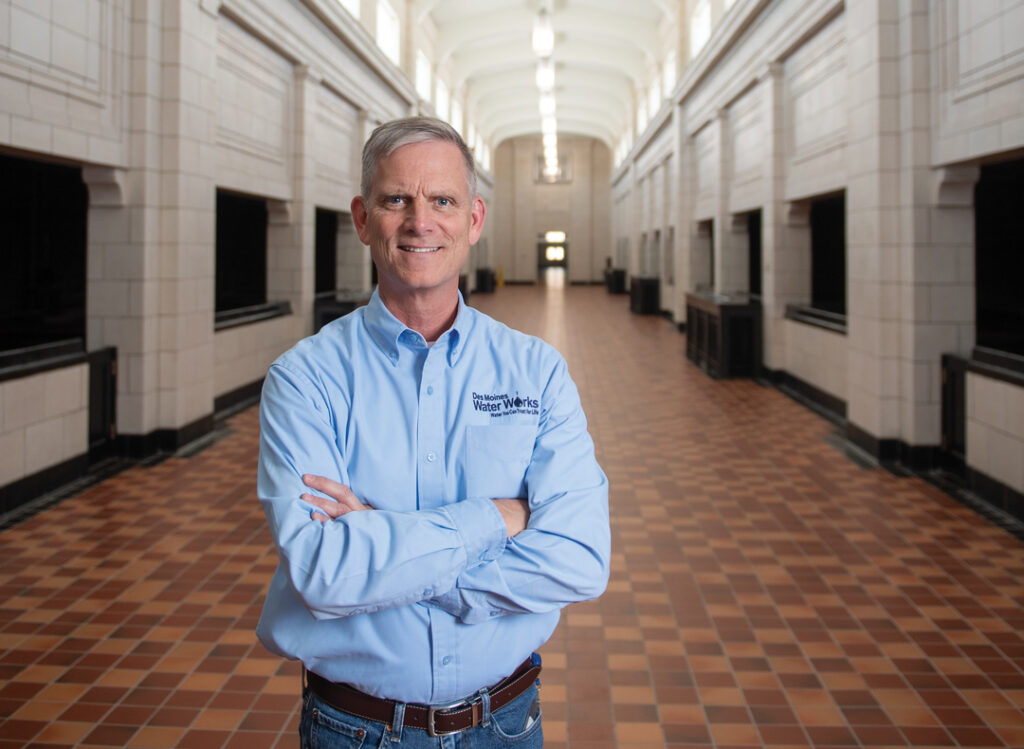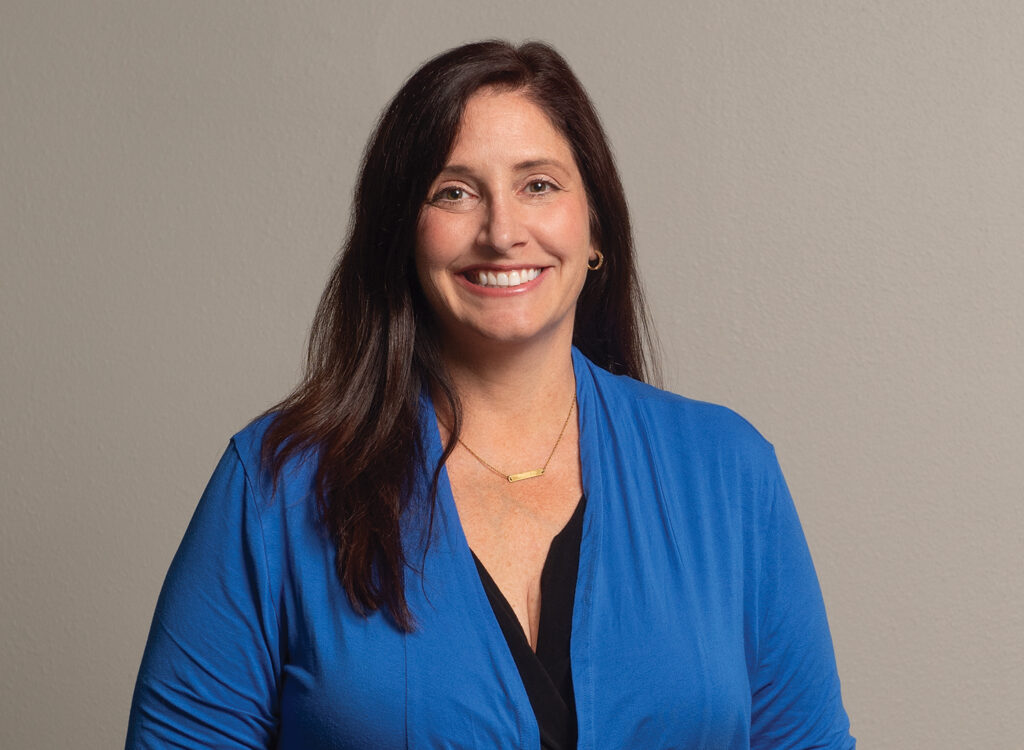Nelson’s global and local views

Business Record Staff Aug 5, 2016 | 11:00 am
8 min read time
1,795 wordsBusiness Record Insider, Innovation and EntrepreneurshipWhen Chris Nelson isn’t working at his desk at Kemin’s headquarters in Des Moines, he’s likely overseas or enroute to one of Kemin’s 90 offices across the globe. As the president and CEO, Nelson will spend a grueling 190 days on the road this year visiting customers and scientists of Kemin Industries Inc., which operates manufacturing facilities for human and animal nutrition products on six continents.
Nelson, who earlier this year became the first recipient of the Cultivation Corridor Iowa Biotech Leadership Award, has been president of the Des Moines-based global bioscience company since 1993. With a doctorate in biochemistry and biophysics, he joined Kemin 36 years ago as director of research and development. He holds 15 patents on innovations he has developed and has written numerous peer-reviewed, published research studies.
In addition to his leadership in the industry, Nelson has been a driving force in advancing Iowa’s position in biosciences. He was named by U.S. News and World Report as one of the top 100 CEO Leaders in STEM (science, technology, engineering, and math) in June 2013, and in July 2015, he became co-chair of the state’s STEM Advisory Council. He also serves on the board of the Cultivation Corridor.
We caught up with Nelson recently to get an update on Kemin and the biotech industry, and his take on the state of the biotechnology industry in Iowa.
What kind of a year has this been for Kemin?
Kemin is in the process of having a good year; we’re seeing strong growth across almost all of our divisions this year. In particular, our ag group within the United States, which provides ingredients for animal feed, has had strong growth. This is largely due to the push for meat that has been raised without antibiotics. One of the most exciting products we have in that area is derived from oregano, which is being used in animal feed as a substitute for antibiotics. The second one is that we have figured out how to get a timed release of a molecule called butyric acid, which is found naturally in almost every cheese that we eat. It has a very special effect on the intestines of both humans and animals. It keeps the villi in the intestine especially healthy. These two substitutes for antibiotics have had particularly strong growth this year.
What have been some drivers of global growth for Kemin?
Number one, I would say, is the continuing affluence of populations in Asia. As Asian folks have been able to get a higher standard of living, that invariably means they improve their protein nutrition. When they do that, it naturally leads to a number of Kemin products. Additionally, overall food nutrition has increased in the Asian continent, and that has helped both our Kemin health group, which works in nutraceuticals, as well as our Kemin food ingredients group. There has been a lot of talk about China slowing down, and China has slowed down a little bit in its overall expansion. But what we have seen is there is still very robust growth within the Chinese economy. It’s certainly growing at least twice as fast as the United States, maybe more.
Has Kemin’s culture changed as it’s grown into a global business?
I think if anything, what we’ve tried to do is maintain the culture of the company as we’ve grown. We have a corporate culture here that is best summed up in the business philosophy of servant leadership. Basically servant leadership, at its core, is that it’s a privilege to work in an organization where you can serve not only your customers but also your colleagues. It’s really one of the things that transcends all of the various cultures throughout the world and it’s one of the things we’ve emphasized in the growth of Kemin overall.
What has your travel schedule been like this year?
Greater than 50 percent of Kemin’s business is outside the United States. The plan for this year is exactly the same as last year — 190 nights on the road through the year. I’m extremely fortunate that my wife, Linda, is able to travel with me. You wouldn’t have a marriage if you traveled 190 nights a year. We’ve been really fortunate; we’ve been to all the major continents this year and we’ve been around the world three times visiting various Kemin locations. It’s also a great opportunity for me to go out and visit customers personally. Our most interesting trip was actually a holiday where we went to Antarctica last December. I can say that there are no potential Kemin customers out there — not even the penguins.
Do you ever get time to pursue your own scientific research?
No. We now have close to 120 Ph.D.s in the company. The research and development is still very much a key part of what we do. We say that 80 percent of our growth will come from internal research and development, and 20 percent will come from acquisitions we make. I’m in a very fortunate position in that I get to hear about lots of new developments from our own scientists, and that still gives me all of the pleasure of what I was able to do earlier in my career.
What are the expectations for growth?
Of our 2,000 employees, 500 of them are in the United States. So three-quarters of our team members are actually not Americans. What has happened here in Des Moines is that we have continued to develop a very global outlook on issues as well as employment opportunities. The employment in Des Moines has grown every year, and I anticipate it’s going to continue to grow as we see more opportunities. Des Moines remains a great place for a company like Kemin to be located; we’re right in the center of the United States. The only thing we miss is not being able to have nonstop international flights.
What’s the status of construction of the new headquarters building?
Our move-in date is Jan. 17, 2017, and the last I was told, we’re on schedule. Office buildings for Kemin are probably our lowest priority. We ran out of office space in 1996, and we’ve been renting various locations in east Des Moines since then. We’ll actually be combining five different locations back under one roof with this new building. What I’m really looking for is that the increased communication among the Kemin Group will really pay for the investment.
Is finding talent still a concern?
If you ask me what keeps me awake at night, I think our limit to growth is finding great people. To find people who really identify with and get passionate about the mission of our company remains absolutely critical. Finding those people, and oftentimes persuading them to move to Iowa, remains a big challenge.
Tell me about your experience on Iowa’s STEM Advisory Council.
I’ve been very fortunate to be named co-chair along with Lt. Gov. Kim Reynolds. This has been my first exposure to what state government has been trying to do in the field of STEM, and I’ve been extraordinarily impressed. The need for more graduates and people who are interested in STEM long-term remains paramount. When I look at the overall economic health of the country, there’s no question that technology is going to continue to drive economic development — and the only thing that can drive technology is STEM-educated young people.
What are the biggest challenges for Iowa in biotechnology?
We’ve got a couple of challenges. Number one, we continue to need to encourage entrepreneurs in biotechnology. The biggest or best new companies probably aren’t going to decide to relocate to Iowa; it’s going to be companies that grow up here and decide to stay here. In an ideal world, I would love to see professors at the regents universities start a business in addition to being well-published and having an excellent teaching record. When you talk to professors at Stanford or MIT, there is a culture of doing all three. That culture has started to infiltrate Iowa, but I think we can do even more to get it infiltrated further.
Other priorities for the biotech industry?
I think the passage of the state’s biotech tax credit this year is a super opportunity. We’ve actively taken up a project, and we hope to take advantage of that credit. It’s something we see as a tremendous boost to the state. And the state’s research activities tax credit has gone a long ways toward getting the playing field a little bit more even with places like China.
What progress have you seen with the Cultivation Corridor?
The Cultivation Corridor is an opportunity to focus on some our very large strengths. One of the principal roles of the Cultivation Corridor is to provide encouragement and support for the entrepreneurs who are in biotechnology or the biological products areas. Those industries have the potential of bringing long-term wealth to the state. With the world’s most fertile soil, to not take advantage of even adding more value to agricultural products would be a huge mistake. But I think we’re still in the very early days of where we need to get to.
Chris Nelson joined Kemin Industries Inc. in 1980 as director of research and development and has been president of the company since 1993. Under his leadership at Kemin, which in 1961 was founded by his parents, R.W. and Mary Nelson, the company has more than quadrupled in size and now employs nearly 2,000 people, three-quarters of whom work outside the United States. Construction is underway on the company’s new 90,000-square-foot headquarters building, the latest phase of a $125 million expansion that includes six new manufacturing facilities and three new research buildings at its east Des Moines campus.
STEM STANDOUTS: Nelson’s pick of effective Iowa STEM programs
Teacher training: The teacher extern program allows high school and junior high science teachers to come to work in the laboratory in our company and understand how chemistry and biology are being put to work to make products to increase the nutrition of people worldwide. By having teachers involved, we can literally affect hundreds of kids. It’s really a fabulous program, and I would encourage it for almost any company.
STEM partnerships: STEM Best has the goal of pairing each school district in the state with at least one STEM business — so that we actually get a conversation going between the business and the educators. The businesses can give feedback to the schools of what’s important in STEM education, and the schools can convey their needs and what their students’ interests and passions are. I see this as another real opportunity for businesses to be involved in making STEM more important.








